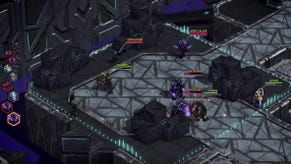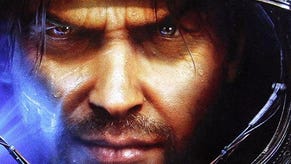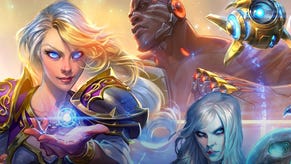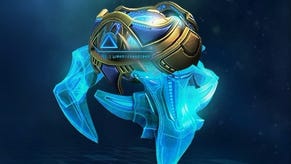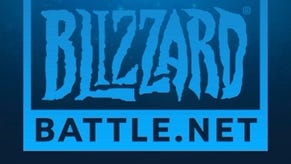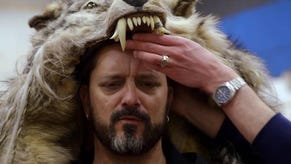The Men Who Stare At Protoss
StarCraft commentators explain why we watch them.
And they do help. I discovered Plott's videos while trying to get better during the StarCraft II beta. Watching them helped me evolve from a mediocre Silver League player into a Diamond League player. I'm still mediocre, but now I have significantly more street cred.
What's particularly amazing about both Lamond and Plott is that their audiences grew on word-of-mouth alone. Both commentators have done very little marketing over the years; their videos have spread via message boards, Twitter, and personal recommendations. People were intrigued enough to click and hooked enough to keep coming back.
I asked Plott what makes a game worth watching. His answer – like all good answers – had three parts.
1. It has to have good competitive depth.
Not like Tic-Tac-Toe, Plott explains. "I don't care how flowery Tic-Tac-Toe can become, Tic-Tac-Toe is a game that always ends in draws. Always."
So what kind of games have competitive depth? How about... poker?
"Poker is a great parallel," Lamond says. "Like in StarCraft, you're trying to make good decisions while knowing very little about what your opponent is doing. You want the perfect build, the perfect unit composition..."
Similarly to how you want the perfect hand, then. But StarCraft is much more complex than poker; the variables, resource management, and split-second decisions all go way beyond the scope of a card game, no matter how competitive it may get.

That said, competitive depth doesn't have to mean complexity – even simpler games like Halo meet the criteria. The real challenge is providing a balanced, well-thought-out experience that rewards skill and strategy over blind luck. And sure enough, it takes an astounding level of skill to master StarCraft.
"The professionals have to practice 8-10 hours a day," Lamond says. "There's no skill ceiling – you can always get better."
These professionals' bouts – some of whom make six-figure salaries through endorsement deals in South Korea – comprise a large chunk of the matches that both Plott and Lamond record. Names like IdrA and TheLittleOne are as distinguished in the StarCraft community as LeBron James or David Beckham.
People really appreciate the level of skill that professional players demonstrate in their matches, Lamond explains. Even viewers with just a basic understanding of the game can admire some of the techniques that pros use – such as the meticulous micromanagement of a single unit, or the near-perfect timing of a build strategy.
"It's fun to watch somebody take a game beyond what you think is possible," Lamond says.
2. It needs to have pizazz.
"People need to be able to look at this game and say, 'Hey, what's that?'" Plott says. "Kind of like how, if you say you're going to do a science-fiction movie, you need to have good graphics... games are the same way."
StarCraft II definitely has pizazz. It's no Final Fantasy XIII, but the backgrounds are gorgeous and each unit or building is aesthetically intriguing in its own way. Play it in front of other people and they'll be curious about what's happening; even if the game just appears to be a bunch of strange creatures roaming around a map, the graphical style makes it appealing.
